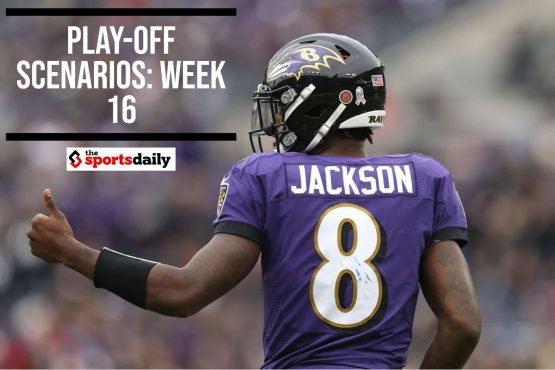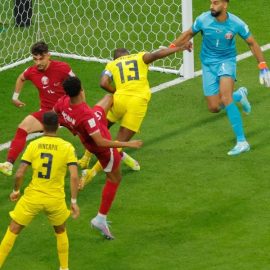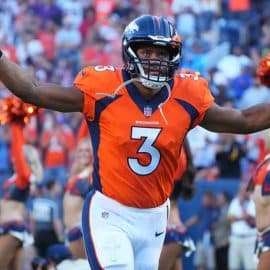Whenever you read about articles which mention feet and golf, it is common to hear about the quote from Jack Nicklaus “All timing, distance and direction comes out of the lower body with the feet leading the way.”
This makes it clear how essential Nicklaus feels about feet when it comes to golf swings, but what can, or should we be doing in order to improve performance associated with this body part when it comes to golf.
To begin with, you should make an active effort to look after your feet. When you start to notice signs associated with tightness, especially in the area of the pretibial and calf muscles or plantar fascia, then you should consider self-massage and stretching using aids such as foam rollers or a spikey ball.
If you still feel tightness in this area, or you have suffered an injury, then it is highly advisable to see a professional such as a physiotherapist or podiatrist.
If you have reached this stage, alongside other strategies, then orthotics, similar to these from orthotics shop, might be a suggestion to manage these issues. But what are present problems here?
The largest problem has to do with 2 largely different facets which will involve your feet in golf. The first has to do with a considerable involvement when it comes to your swing. The second involves that you will need ambulation in order to progress through the 18-holes on a golf course.
When it comes to walking across a golf course you won’t require maximized performance or speed when it comes to your feet. Yet you will still need to perform these tasks adequately with minimal risks associated with fatigue or injuries.
Keeping this consideration in mind, the manufacturers of golf shoes are advanced like all the other sports when it comes to catering for foot support and force absorption.
However, even when all these factors are present, they might not be enough. This may lead to using orthotics as the ideal solution.
But you may be wondering how orthotics might affect your feet and what role will they play with your swings? Here is a basic overview of movement patterns you can expect from your feet during a golf swing:
In the initial stance, the weight is just about even, left to right with more of the pressure on your inner heels.
In a backswing the weight transfers to your right foot if you are a right hander, with an increase in pressure on your inner heel.
In a downswing, with the typical lateral-weight shift, the weight will move to the left heel. While pressure in your right foot directs towards your big toe.
At the impact and the follow through, your right foot will pronate and direct up onto your big toe. The left foot which continues with lateral-weight movement, will invert with the pressure that rolls onto the lateral or outer side.
These are significantly different movement patterns compared to what the feet experience when walking. When orthotics has been prescribed for an elite golfer, then these aids have to allow for these movements to be performed adequately.
This is achievable when a podiatrist which has knowledge in the golf biomechanics custom makes the orthotics. In addition, there are a few over-the-counter brands of orthotics that claim that they can address these dual movements.
Regardless of the management that you choose, make sure that you actually need them. Followed by testing the potential effect they will have on your swing. This is possible by strapping your foot, so it mimics an orthotic and then ensure that the it doesn’t have a negative effect on your golf swing or walking around a golf course.
Add The Sports Daily to your Google News Feed!







